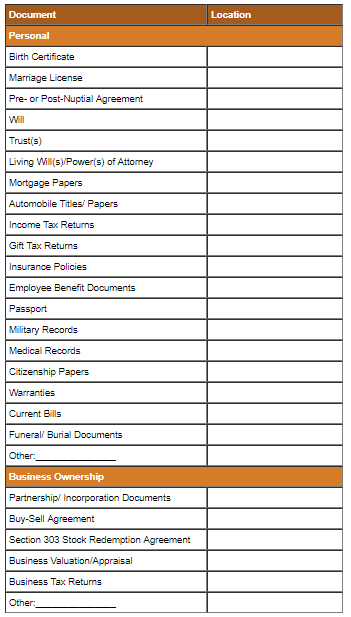Do you think your tax bracket is too high for a Roth conversion? First, believe it or not, we are currently in one of the lowest tax regimes since the tax code was created back in 1913! Actually, from the mid-1940s until the mid 1960s, the top bracket was north of 80%! Our top tax bracket today is near historic lows – but, that will very likely change soon.
Our current national debt is over $31 trillion and with higher interest rates, carrying that debt becomes even more costly. Significant? You bet, because it’s individual income taxes that supply about 70% of the government’s revenue.
Second, the land mine ahead: the Tax Cut and Jobs Act of 2017 expires in 2025, which means the current top rate of 37% goes back to 39.6% – but, that’s just part of the story. Congress can easily raise taxes without changing the top bracket by simply assigning higher rates to lower income levels. In fact, that will happen to some people even with no changes.
Here’s how: a married couple making $160,000 is in the 22% bracket; but after the current law sunsets, that same couple will find themselves in the 28% tax bracket automatically – even if congress does nothing.
So, if you’re in the 37% bracket, don’t automatically dismiss a Roth conversion. In fact, any married couple making over $480,050 will likely find themselves moving from 35% to 39.6 overnight.
There’s more. As the years go by and your tax-deferred accounts grow, they will not only later move you into those higher tax brackets when the time comes to begin taking those required minimum distributions, but those may very well affect your Medicare premiums and even how much of your Social Security will be subject to income tax. What’s more: the Social Security tax regime is based on a calculation that was put in place back in 1986 and – wait for it – it wasn’t indexed for inflation. which means it will get easier and easier to move up those brackets. Of course, high earners are already there, but the dollar amounts will only increase.
Doing some tax planning for your retirement income is important, and it’s a good idea to start early. You can learn more here.
The current tax law expiring isn’t the only tax trap. Did you it’s possible to be smack in the middle of the 22% tax bracket, yet taking an additional $1,000 in income could make that additional money taxable at 40%? It can happen to some taxpayers. In fact, there are other pitfalls many aren’t aware of, as well. Ever hear of the tax torpedo? Check out the “Brain Teaser” in my video library.
Talk to your tax advisor and talk to your financial planner. Don’t have a financial planner? Sign up for my newsletter – maybe I can help.
Jim





